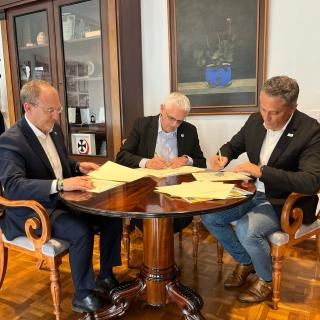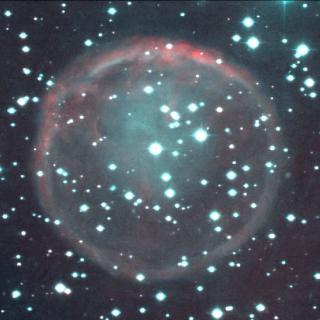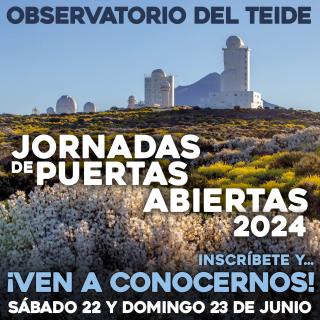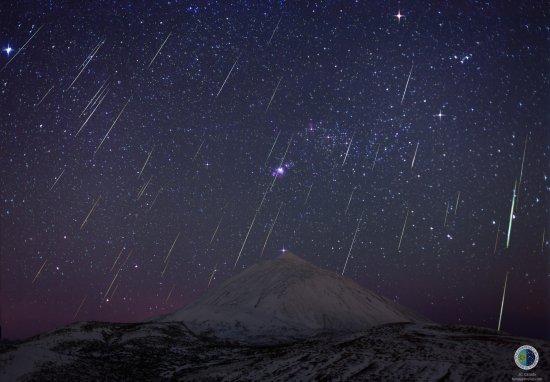It may interest you
-
 The Instituto de Astrofísica de Canarias (IAC) and the Canary, La Palma Reserve of the Biosphere Foundation have signed a document agreeing on actions to be taken in prevention, early warning and rapid response to exotic invading species on the Island of La Palma, a World Biosphere Reserve.Advertised on
The Instituto de Astrofísica de Canarias (IAC) and the Canary, La Palma Reserve of the Biosphere Foundation have signed a document agreeing on actions to be taken in prevention, early warning and rapid response to exotic invading species on the Island of La Palma, a World Biosphere Reserve.Advertised on -
 An international team of researchers, including staff from the Instituto de Astrofísica de Canarias (IAC), has discovered a planetary nebula that destroyed its own planetary system, conserving the remaining fragments in the form of dust orbiting its central star. To date, more than 5000 exoplanets have been discovered orbiting stars of all kinds and almost every stage of stellar evolution. However, while exoplanets have been discovered around white dwarfs – the final stage in the evolution of low- and intermediate-mass stars like the Sun, no exoplanets have been detected in the previousAdvertised on
An international team of researchers, including staff from the Instituto de Astrofísica de Canarias (IAC), has discovered a planetary nebula that destroyed its own planetary system, conserving the remaining fragments in the form of dust orbiting its central star. To date, more than 5000 exoplanets have been discovered orbiting stars of all kinds and almost every stage of stellar evolution. However, while exoplanets have been discovered around white dwarfs – the final stage in the evolution of low- and intermediate-mass stars like the Sun, no exoplanets have been detected in the previousAdvertised on -
 FULLY BOOKED Thank you very much for your interest in the Open Days 2024. All available places have been fully booked with the applications received. Those who have successfully registered will receive an email confirming their attendance or non-attendance as soon as possible. We regret that we are unable to attend all applications, but we encourage you to stay tuned for our next calls and events - we look forward to your participation in future activities! We would like to remind you that other visits are organised throughout the year and can be requested via our Visits page . CoincidingAdvertised on
FULLY BOOKED Thank you very much for your interest in the Open Days 2024. All available places have been fully booked with the applications received. Those who have successfully registered will receive an email confirming their attendance or non-attendance as soon as possible. We regret that we are unable to attend all applications, but we encourage you to stay tuned for our next calls and events - we look forward to your participation in future activities! We would like to remind you that other visits are organised throughout the year and can be requested via our Visits page . CoincidingAdvertised on
